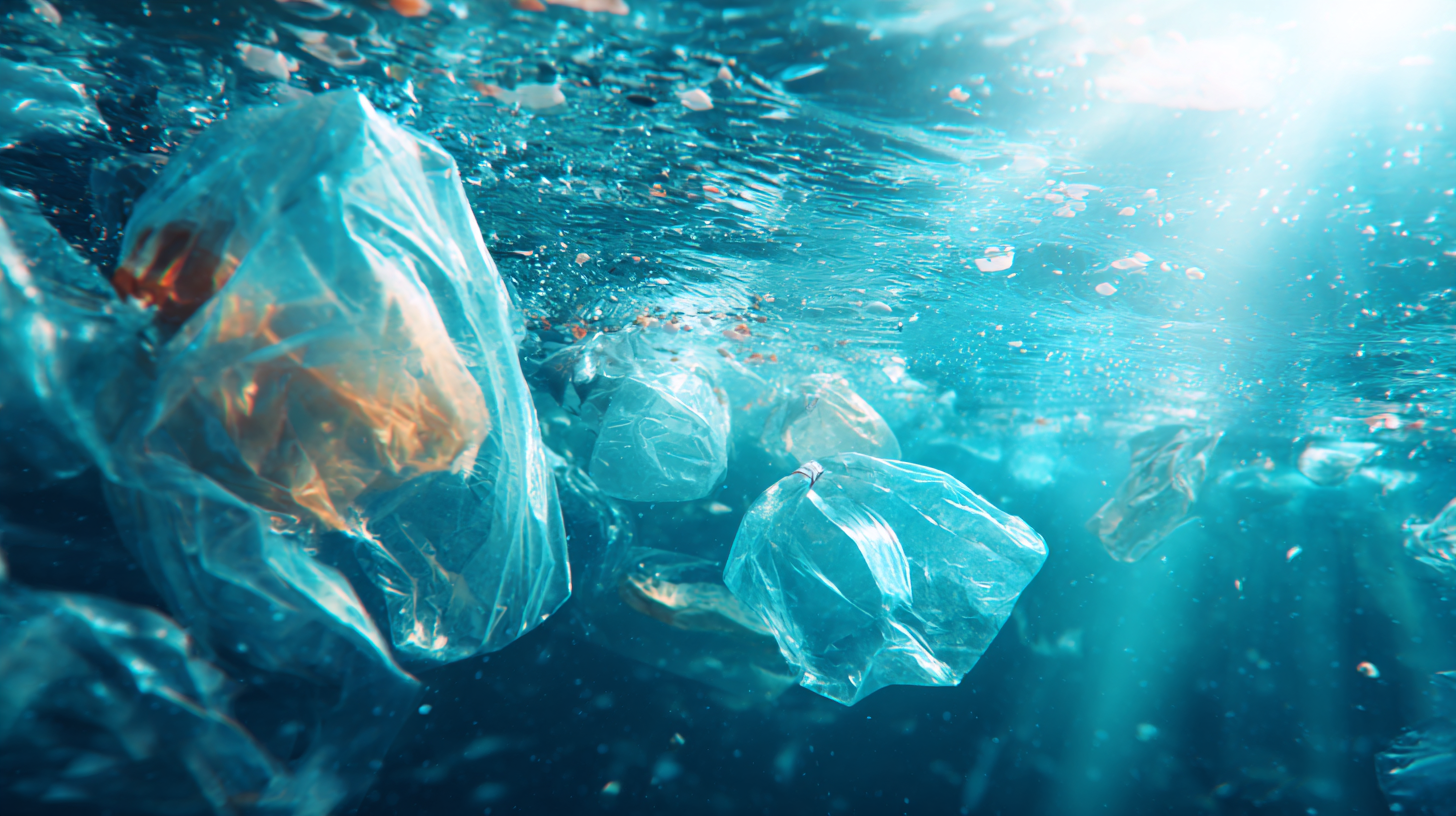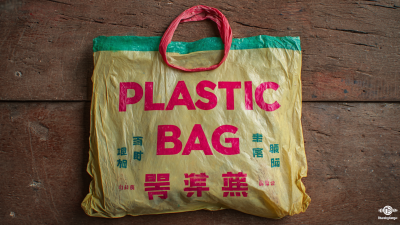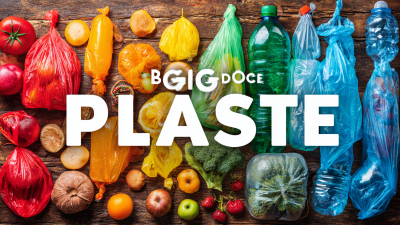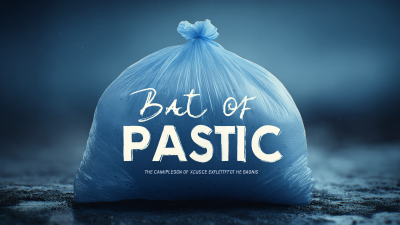- Phone:+86 15218629499
- Phone: +86 15766990063
- E-mail: Yzprinting01@163.com
The increasing reliance on Plastic Pack solutions has raised significant concerns regarding their environmental impact, prompting a critical examination of sustainable alternatives. According to a 2021 report by the World Economic Forum, an estimated 11 million tons of plastic waste enter oceans each year, severely affecting marine ecosystems and biodiversity. In response to this crisis, industry leaders are actively seeking innovative approaches to reduce plastic consumption while maintaining packaging effectiveness. The Ellen MacArthur Foundation emphasizes the importance of transitioning towards a circular economy, where plastic materials are reused and recycled efficiently. This article aims to explore practical strategies for minimizing the environmental footprint of Plastic Pack solutions, underscoring the necessity of sustainable practices in packaging development. By understanding the current trends and challenges, businesses can better align their objectives with environmental sustainability, paving the way for a greener future.

The lifecycle of plastic packaging begins with production, a process that involves sourcing raw materials, typically derived from fossil fuels. This stage not only consumes significant amounts of energy but also contributes to greenhouse gas emissions, adversely affecting our climate.
Furthermore, the extraction and refinement of these materials raise concerns regarding habitat destruction and water usage, highlighting the environmental toll before the product even reaches consumers.
Once plastic packaging is in circulation, its convenience often leads to increased consumption and subsequent disposal issues. Unfortunately, a large portion of plastic waste ends up in landfills or oceans, where it can take hundreds of years to decompose. This long-term persistence poses severe risks to wildlife and ecosystems.
Additionally, the recycling process, fraught with its own challenges, often results in lower-quality materials that may not be reused effectively. Understanding this lifecycle is crucial for developing strategies aimed at minimizing the environmental impact of plastic packaging, facilitating the shift toward more sustainable alternatives and practices.
The carbon footprint of plastic pack solutions in global supply chains is a critical aspect of environmental sustainability. Various stages of the supply chain contribute to greenhouse gas emissions, starting from the production of raw materials to the transportation and eventual disposal of plastic products. The extraction and processing of fossil fuels, used in plastic production, are energy-intensive processes that release significant amounts of carbon dioxide into the atmosphere. Additionally, the manufacturing and transportation of plastic packaging often involve further emissions, highlighting the need for a comprehensive evaluation of these impacts.
To address these challenges, companies are increasingly adopting life cycle assessments (LCAs) to quantify the carbon footprints of their plastic packaging solutions. By analyzing each phase of the supply chain, from production to end-of-life disposal, businesses can identify opportunities to reduce emissions. Strategies such as sourcing sustainable materials, optimizing transportation routes, and improving recycling processes can significantly lower the carbon impact of plastic packaging. As companies strive for sustainable future practices, understanding and mitigating the carbon footprint of plastic pack solutions becomes essential in aligning with global sustainability goals.
| Solution Type | Material Type | Carbon Footprint (kg CO2 per unit) | Recycling Rate (%) | Lifecycle Duration (years) |
|---|---|---|---|---|
| Flexible Pouch | LDPE | 0.45 | 30 | 2 |
| Rigid Container | PET | 0.65 | 50 | 3 |
| Blister Pack | PVC | 0.75 | 15 | 1.5 |
| Eco-Friendly Box | Recycled Paper | 0.20 | 80 | 5 |
The cosmetic packaging market is experiencing significant evolution, driven by a rising demand for sustainable solutions. Over 70% of cosmetic brands are adopting environmentally-friendly alternatives to align with consumer preferences. While traditional plastic packaging remains prevalent, innovative materials such as biodegradable and compostable options are gaining traction. These greener choices are not only beneficial for the environment but also cater to a consumer base that increasingly prioritizes sustainability in their purchasing decisions.
In addition to cosmetics, the trend towards biodegradable packaging extends to various industries including food and pharmaceuticals. Forecasts indicate steady growth in markets for biodegradable polymers and mycelium-based packaging, as consumers and businesses seek to minimize their environmental footprint. The shift towards these sustainable packaging solutions is set to enhance the overall market landscape, promoting a future where ecological considerations take precedence in product design and manufacturing.

The landscape of plastic packaging is evolving rapidly as legislative measures across the globe aim to mitigate environmental harm. Governments are instituting bans on single-use plastics and mandating the use of sustainable alternatives. These regulations are pressuring the plastic packaging industry to innovate and adapt, transforming how products are designed and packaged. Companies that proactively comply with these laws not only contribute to a healthier planet but also potentially gain a competitive edge in a marketplace that increasingly values sustainability.
**Tips:** Businesses should familiarize themselves with local and international regulations to stay ahead of compliance requirements. Emphasizing recyclable and biodegradable materials in product packaging can enhance brand reputation and attract eco-conscious consumers. Collaboration with suppliers who prioritize sustainable practices can lead to more efficient and environmentally friendly production processes.
As these legislative measures continue to tighten, industries reliant on plastic packaging must rethink their strategies. The shift not only includes adopting new materials but also redesigning supply chains to reduce their carbon footprint. Investing in research and development for sustainable packaging alternatives can lead to long-term benefits, including cost savings and improved consumer loyalty.
This chart illustrates the trends in plastic packaging production and recycling rates from 2019 to 2023, highlighting the effectiveness of current legislative measures aimed at reducing the environmental impact of plastic packaging.
Plastic packaging has become a significant contributor to marine pollution, endangering ocean ecosystems. Each year, millions of tons of plastic waste enter the ocean, the majority of which originates from packaging materials. These plastics break down into microplastics, which are ingested by marine life, leading to toxic effects that ripple through the food chain. Quantifying the extent of this pollution is critical for understanding its impact on biodiversity and the health of ocean ecosystems.
Moreover, the presence of plastic packaging poses threats to various marine species, including turtles, seabirds, and fish that mistake plastic for food. This not only threatens their survival but also affects human health as these contaminants enter the seafood supply. Addressing plastic pollution in marine environments requires a multifaceted approach, including improved waste management systems, public awareness campaigns, and innovative packaging solutions. By focusing on reducing plastic packaging and enhancing recycling efforts, we can work towards a more sustainable future for our oceans and the myriad of life they support.







